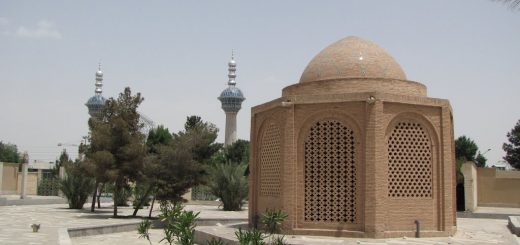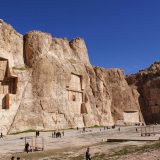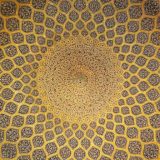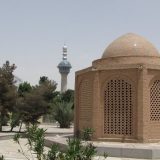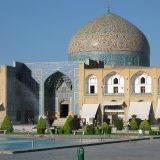The Great Mosque of isfahan
Here’s an explanation about The Great Mosque (or Masjid-e Jameh) of Isfahan. Most cities with sizable Muslim populations possess a primary congregational mosque. Diverse in design and dimensions, they can illustrate the style of the period or geographic region, the choices of the patron, and the expertise of the architect. Congregational mosques are often expanded in conjunction with the growth and needs of the umma, or Muslim community; however, it is uncommon for such expansion and modification to continue over a span of a thousand years. The Great Mosque of Isfahan in Iran is unique in this regard and thus enjoys a special place in the history of Islamic architecture. Its present configuration is the sum of building and decorating activities carried out from the 8th through the 20th centuries. It is an architectural documentary, visually embodying the political exigencies and aesthetic tastes of the great Islamic empires of Persia.





